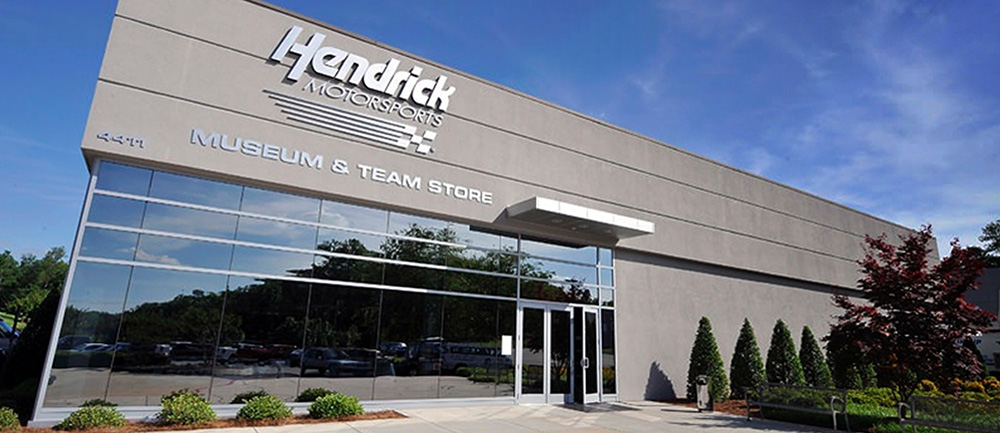
CONCORD, N.C. – A new rules package is coming to five tracks – including Kentucky Speedway this weekend.
Steve O'Donnell, NASCAR's executive vice president and chief racing development officer, explained the changes that will affect the upcoming races at Indianapolis Motor Speedway, Michigan International Speedway, Darlington Raceway and Richmond International Raceway.
At Indianapolis and Michigan, NASCAR will implement a high-drag package. It will include a taller, 9-inch spoiler, a 1-inch wickerbill, a 2-inch splitter leading edge and a 43-inch radiator pan. The tires at both of those events will remain the same.
At Darlington, the package will mimic the low-downforce one being used at Kentucky this weekend. It includes a 3.5-inch spoiler, a .25-inch splitter leading edge and a 25-inch radiator pan. In addition, Goodyear has built a higher-grip tire for Darlington specifically to accompany the new rules package.
At Richmond, teams will use a new “no-zone tread” right-side tire.
"I think all of this shows that we remain committed to putting the best racing on in the world," O'Donnell said. "We've got several components that make up a rules package each week, and they can certainly be adjusted, and we will do that if we can do something that we believe will improve the racing for the fans at each track."
While O’Donnell acknowledged that not everyone will agree on what makes the best racing, utilizing the high-drag and low-downforce packages will allow NASCAR to see how both options play out toward putting on the best race possible.
One direct effect will be on speed, particularly at Indianapolis.
“You'll see some significant mile-per-hour differences,” O’Donnell said. “That'll change depending on single car and the draft, but I think we're looking at over 200 before and kind of the 191 range that we'd be looking at now.”
At the same time, the changes are designed to create more passing opportunities, especially at a place like Indy.
“The belief is that the second-place car, if they're lined up maybe two, three, four, five, could have a five-mile-an-hour difference between the leader,” O’Donnell explained. “ As an example, if you came out of Turn 2 and you had a four-car-length lead, it's the belief that second and third, if they hooked up, could head into Turn 3 up on the bumper of the leader and potentially have kind of that – more that slingshot that you used to see and the ability to pass.
“A lot of that we've got to see in the real world once we're out there at Indy, but that's the effect we believe it'll have.”







